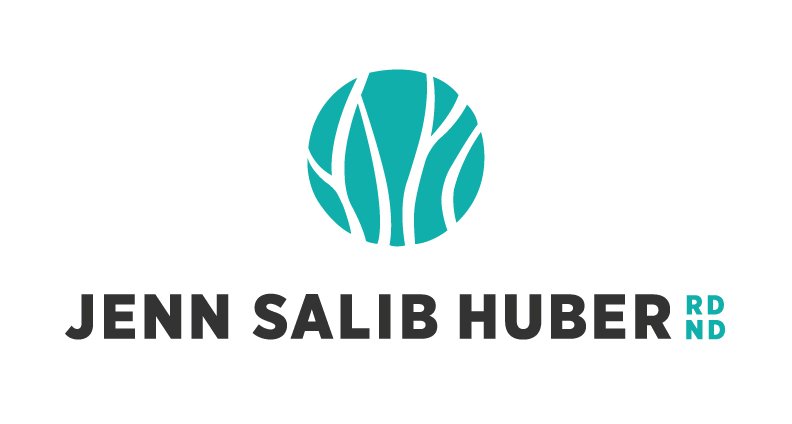Resistant start and the gut-hormone Connection
resistant starch
Haven't heard of "resistant starch"? You're not alone! While most people have heard of soluble and insoluble fibers, we're now learning that there are other properties related to these starches that may be beneficial to our gut and overall health. As their name suggests, resistant starches are starches that resist digestion in the small intestine. Essentially, the resistant starch is the leftover starche we don’t absorb, and makes its way to the lower digestive tract, helping to feed our gut bacteria. There are actually four types of resistant starches:
Type 1 is found in grains, seeds, and legumes.
Type 2 is found in some starchy foods, including raw potatoes and green (unripe) bananas.
Type 3 is formed when certain starchy foods, including potatoes and rice, are cooked and then cooled. Other Sources include bread and tortillas.
Type 4 is man-made and formed via a chemical process.
Legumes are especially good sources of resistant starch. Raw, dried legumes contain about 20-30% resistant starch by weight meaning almost half of the starch in raw legumes is resistant to digestion. That's great news for us and our bacteria!
What are the benefits of including resistant starch in our diet?
Healthy Gut
Like other fibers, resistant starches serve as a prebiotic food for our gut bacteria, helping them to make beneficial short-chain fatty acids (SCFA's), and vitamins such as B12 and vitamin K.
Healthy Hormones
Did you know that certain bacteria help control estrogen metabolism? High-fiber foods, and a diverse microbiome help to support our unique estrobolome.
Glycemic and Insulin Control
Diets high in fiber and resistant starch can help support insulin sensitivity and blood sugar balance. Women in perimenopause and menopause are at increased risk for insulin resistance when estrogen declines near menopause.
How much resistant starch should we eat? While we don't have an exact number, some experts suggest aiming for 15-20 gm per day. Here's a list of foods to try and include more often:
Food
Resistant Starch (g)
Underripe banana, 4.7 gm
Rolled oats, 1/4 cup, uncooked, 4.4 gm
Oats, 1 cup, cooked 0.5 gm
Pearl barley, 1/2 cup, cooked, 1.9 gm
White beans, 1 cup, cooked, 7.4 gm
Lentils, 1/2 cup, cooked, 3.4 gm
Cooled, cooked potato (100 gm) 6.0 gm
Kidney beans - 1 cup, 10 gm
So, as you can see, including beans and legumes (which are also high in hormone supporting phytoestrogens) as part of your regular diet will make reaching these recommendations much easier!
Looking for nutrition advice for women you can trust?
Sign up for my newsletter!
Book a free call to see if working with me 1-1 is right for you or sign up for one of my online programs ‘The Thinking Woman’s Guide to Peri/Menopause’ or Beyond The Scale - How to Undiet Your Life After 40.
Join my FREE Facebook Group for support and inspiration – Everyday Intuitive Eating

